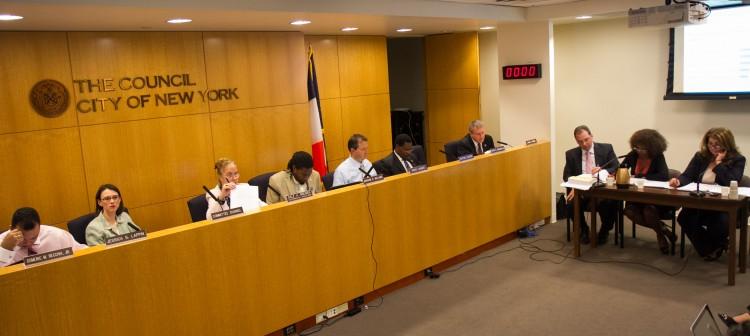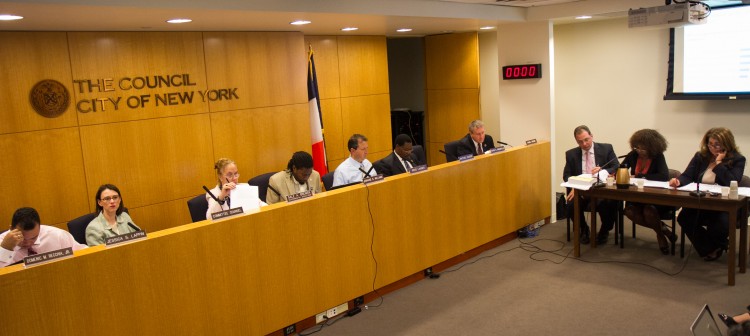NEW YORK—As the Nov 6. election draws near, voters are concerned with the current voting process. They are seeking timely amendments to allow for a system that accommodates everyone on the big day.
The Committee on Governmental Operations held a meeting Monday to evaluate the Board of Elections (BOE) preparedness for the 2012 general election in additions to considering future improvements of the elections system. The meeting was prompted by a problematic election process in the Sept. 28 primary election.
Biennial redistricting around the city meant that many polling sites were changed prior to the primary. Issues resulting from the change included correctly informing voters about new polling sites and accessibility to new sites and within the locations themselves.
Flow of Information
“Sometimes they show up and their names aren’t on the list, so they have to go to another site five or six blocks away, so sometimes they are unhappy about this, or they are angry” said Victor Himm, 73, a minister and poll worker.
In a number of cases, initial information was distributed by the BOE that indicated new polling sites, however this was later amended to the correct sites, creating some confusion. Others reported simply not getting the information at all.
“Information access is critical. If we are not getting information out to the people, then there’s a problem” said council member Williams.
The BOE has made numerous improvements to ensure a flow of information for the next election. The most powerful tool will be a new postcard, the second mailing following the initial one in August. This came as a response to the complaints and was not required by law. It will cost $1.6 million. The card will be distributed on Oct. 19, reminding people of the upcoming election and informing them of polling site addresses.
Other options for voters to find their correct polling sites include visiting improved websites, downloading an app, or calling the BOE. They can let voters know whether they are registered and where to go vote. They are also working to build an email database to distribute information directly to voters, in addition to an text-message service. A number of bills are being supported by council members to push these moves along. “The board has ongoing efforts of public education about the voting process, their staff, and about voter registration” said Pam Perkins, administrative manager of the BOE.
Accessibility
Accessibility was another issue. Some sites that may have previously been a block away may now be eight or nine blocks away. The elderly and the disabled may find this to be a serious problem. A council member suggested that the BOE could reach out to them for more local sensitivity to establish better and more accessible poll sites.
Edith M. Prentiss, vice president of Disabled in Action was concerned about the accessibility at the sites that were chosen. “Some polling places have steps and closed doors, or the ramps are not to the eight degrees required by code,” said Prentiss. In addition, she pointed out that within the centers they need better signage for the ballot marking devices that assist people with a variety of disabilities, so that people know they are there. Wheelchairs also need five feet to turn around. Prentiss claims that out of the 35 sites that were randomly chosen for examination, only 13 were perfect.
There are 4 million registered voters in New York City. “These are the people who represent New York—are you part of the voice?” said Onida Coward Mayers, director of voter assistance of the New York City Campaign Finance Board.
The Epoch Times publishes in 35 countries and in 19 languages. Subscribe to our e-newsletter.
Please send news tips to [email protected]






